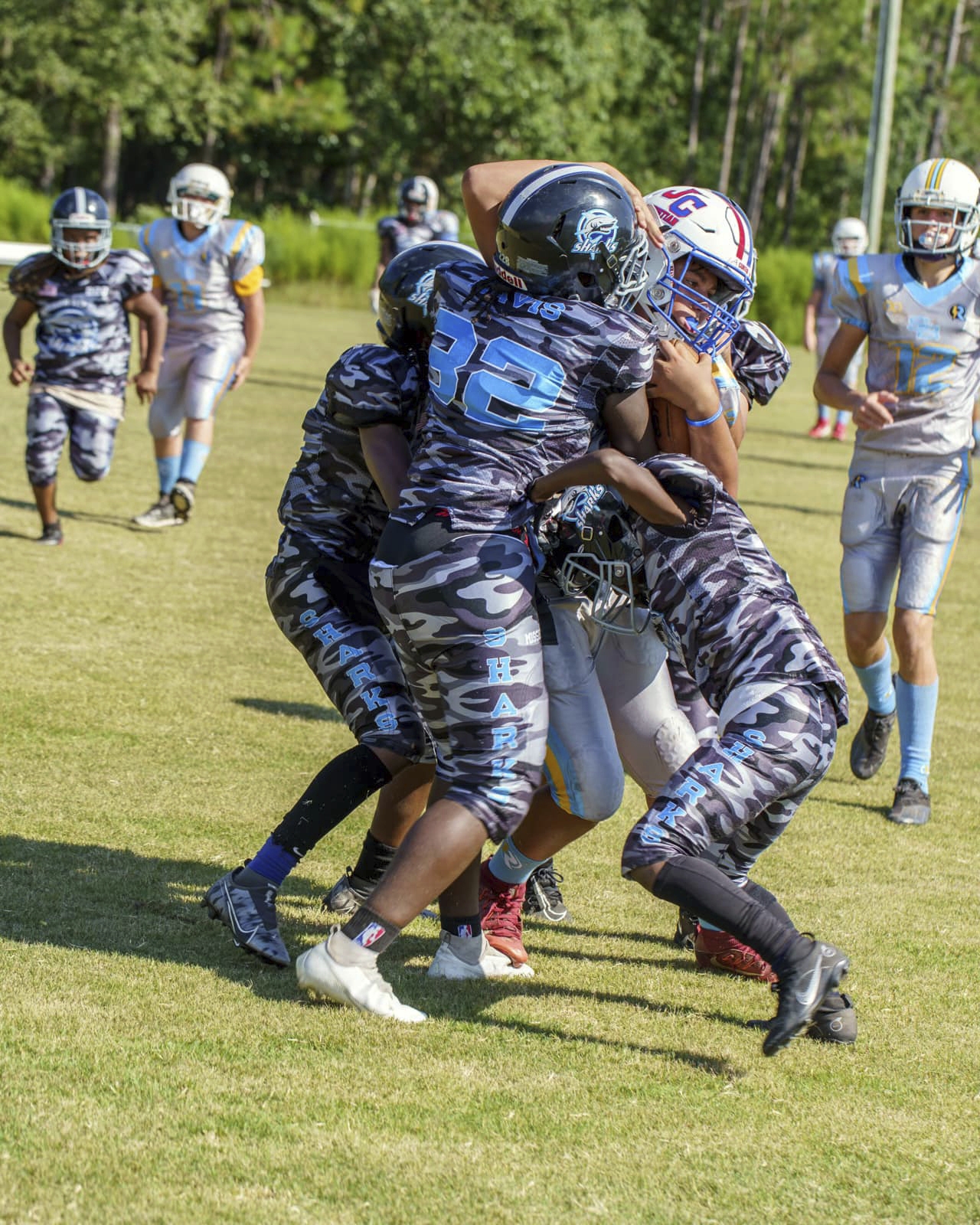Sports
A redesigned app helps prevent and respond to concussions in youth sports – WTOP News

Being part of a youth sports league has a lot of benefits — but it also brings with it an increased risk for injuries, including concussions.
Being part of a youth sports league has a lot of benefits — it boosts kids’ confidence and physical activity, and research shows it can help improve educational outcomes as well.
But it also brings with it an increased risk for injuries, including concussions.
“Everybody thinks of football,” Dr. Gerard Gioia — the director of the Safe Concussion Outcome, Recovery & Education (SCORE) Program at Children’s National Hospital — said. Other sports, he added, such as soccer, lacrosse, rugby and skateboarding, can be hazardous, too.
But if we are talking football, “We need to teach kids that you do not use your head in any way to try to tackle or block or contact another person,” Gioia said, and that a helmet is meant as a protective device, not a weapon.
The SCORE Program has a newly redesigned app that aims to do just that. Called SCORE 4 Brain Health, it helps parents, coaches and others identify, monitor and respond to concussions. The free app has educational resources, including a list of questions parents should be asking youth sports organizations.
“There’s a set of three questions that relate to the league’s policy,” Gioia said. “Is there a concussion protocol and guideline? How are parents informed about a suspected concussion? And tell us about your return to play protocol, and what documentation do you require after a youngster is supposedly ready to return?”
Other prompts focus on concussion training for coaches and whether children are being trained against using their heads to tackle.
Gioia said if a child does suffer a blow to the head, a parent should get on the phone with the child’s doctor that day.
The SCORE app has a list of 12 warning signs to know when to take a child to the emergency room, including loss of consciousness or difficulty moving an arm or a leg.
He said concussion treatment has advanced in the 20 years he’s been in the field.
“Right now, what we do is we activate kids. We used to say, ‘Rest, rest, rest.’ And no longer do we recommend rest, except maybe the first day or two,” Gioia said. “But we get kids up walking. We want them to return to school — with support, of course. We want them to start doing both physical activity and social activity.”
There are also more targeted treatments for symptoms, whether the child is suffering from emotional adjustment issues or is having difficulties with balance.
Currently, all 50 states and the District have passed legislation on children’s sports and safety. Gioia said all require high school coaches to go through CDC concussion safety training. He estimates about half include guidelines for youth coaches, as well, including in Virginia, Maryland and D.C.
The SCORE 4 Brain Health App is available to download on the App Store and Google Play.
Get breaking news and daily headlines delivered to your email inbox by signing up here.
© 2024 WTOP. All Rights Reserved. This website is not intended for users located within the European Economic Area.









